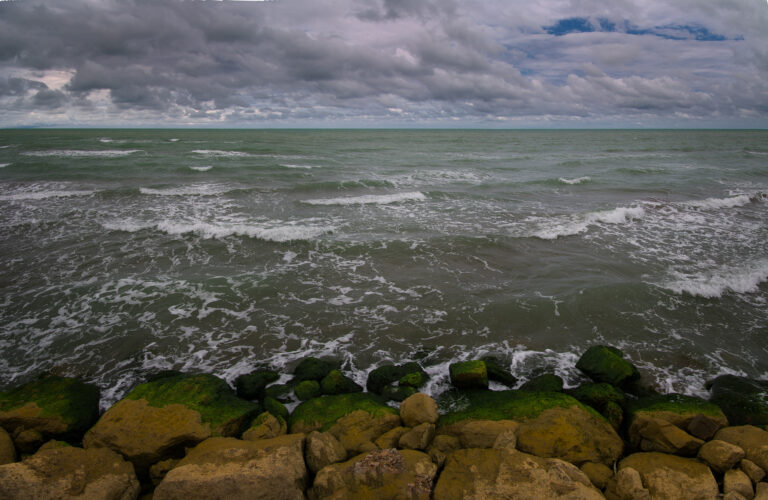The TITR aims to integrate the economies of Central Asia, the South Caucasus, and Europe to transport goods while bypassing Russian territory. Thus, the ‘Greater Caspian Region’ and its littoral states have emerged as a geoeconomic linchpin amidst the ongoing geopolitical instability in the region.
Nevertheless, the Caspian Sea faces an impending ecological crisis. In addition to longstanding challenges like overfishing and pollution from petrochemical exploration, it now also confronts emerging threats related to water loss and increasing salinity. Changes in the Caspian’s water levels have significant environmental and socioeconomic impacts, including damage to coastal businesses, loss of livelihoods, forced migration, and infrastructure deterioration which could far outweigh any trade benefits the Middle Corridor might bring.
Author: Luca Urciuolo, EIAS Associate Research Fellow
Photo Credits: Wikimedia Commons

